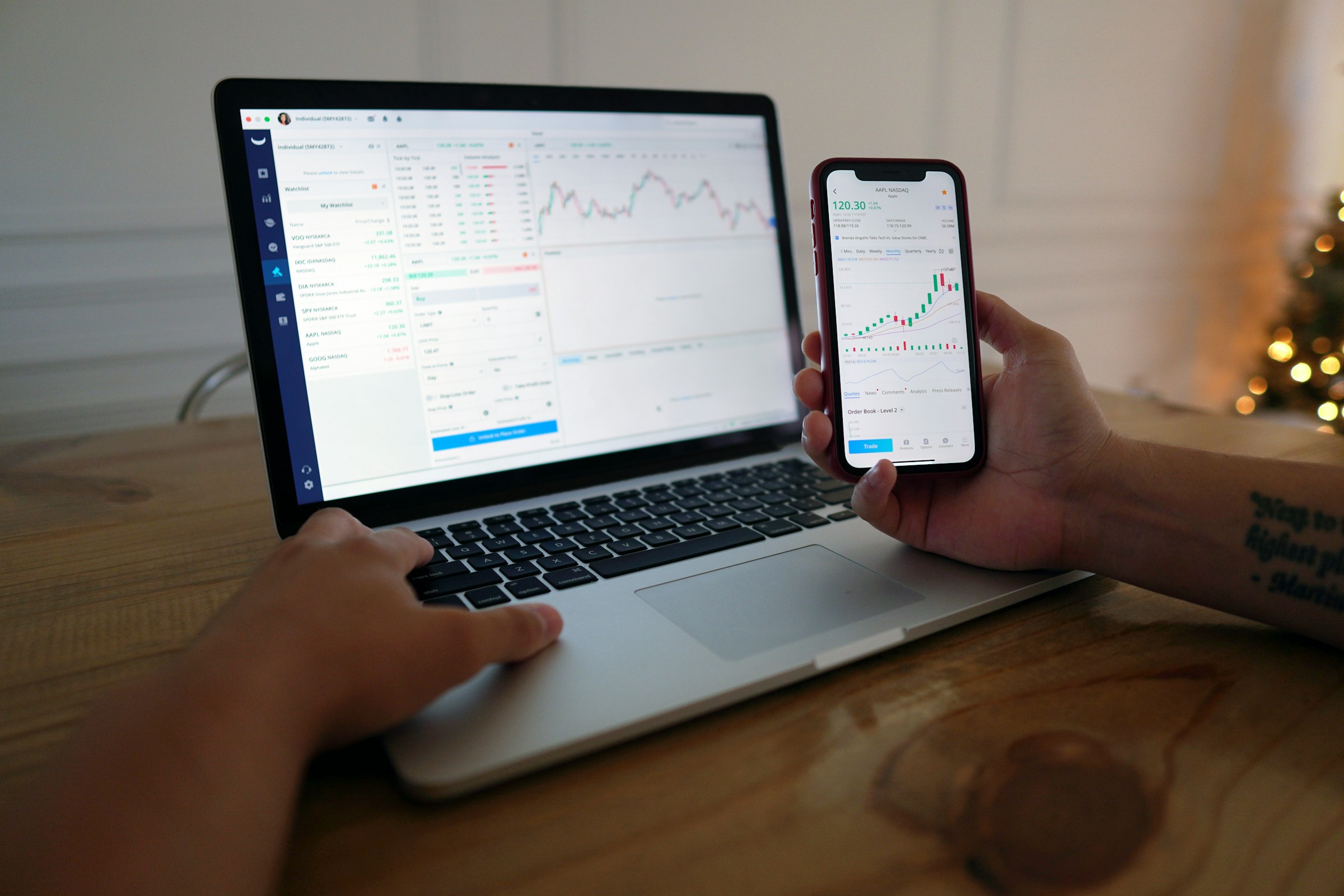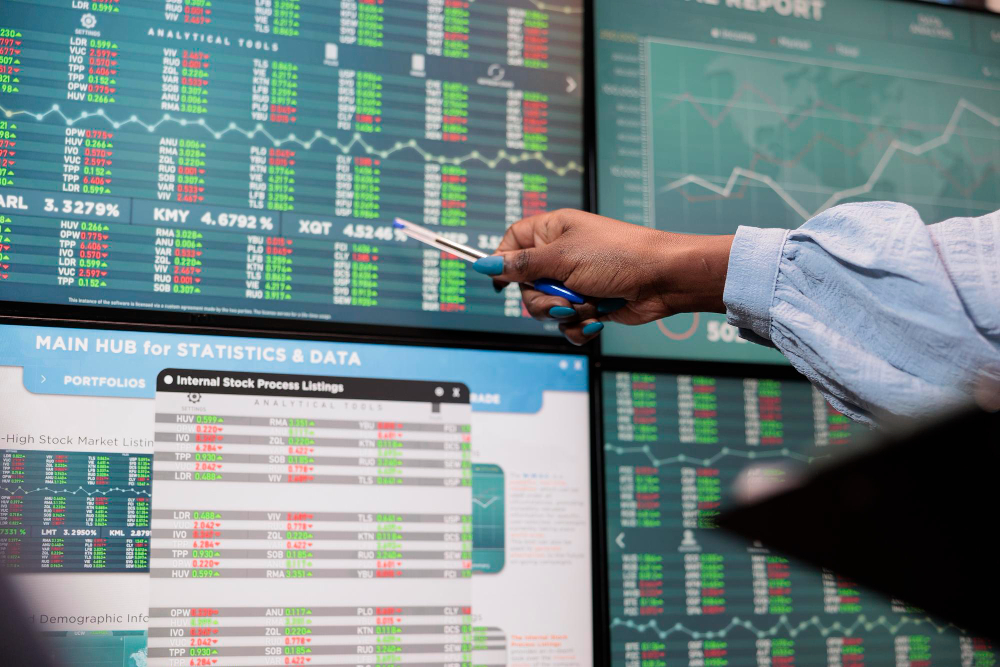This article from ReviewPropFirm explains prop firm One-step vs Two-step evaluations, helping new traders understand the differences and choose the right path. By comparing the prop firm One-step vs Two-step strategy, traders can make more educated judgments according on their trading style, experience and time constraints.
Prop Firm One-step vs Two-step: Basics of Evaluation Models
Before we get into the details of the comparison of prop firm One-step vs Two-step, it’s important to know what prop firm evaluations are and why they matter. This will give you a full picture and help you make better choices.
What is a Prop Firm Evaluation?
Prop firms use this method to discover and filter potential traders who can efficiently manage funds and generate returns. In this phase, candidates usually have to trade on a demo account or a modest account with real money while following certain regulations and profit targets. Candidates that complete these tasks will be given funding to trade on a wider scale and share earnings with the prop firm. This is one of the clearest examples of how prop firms work to balance opportunity and risk.
The evaluation procedure is more than simply a simple test of your trading skills. It also tests a trader’s ability to stick to the rules, handle risk and use strategy. Prop firms want people who can earn steady and long-term profits, not just those who happen to make large profits in a short time.

Why is the Evaluation Process Important?
The process of evaluating is very important to the success of both the trader and the prop firm. Traders can exhibit their skills and get considerable wealth without investing much. It also helps them learn a lot, which will help them improve their abilities and discipline before they start trading in real life, where there is more pressure.
The evaluation process helps prop firms reduce risk when giving money to people who haven’t been tried. By defining clear standards and keeping an eye on how applicants trade, they can find individuals who are most likely to succeed and lower the risk of losing money. A good evaluation method helps prop firms find and keep experienced traders, which boosts earnings and the company’s reputation in the market.
What is One-step Evaluation?
One-step evaluation is growing in popularity because it’s quick and easy, and many traders look for the best One-step prop firms to get funded faster. It is appropriate for traders who believe in their talents and want to begin trading with real money as soon as feasible.
The One-step evaluation offers a simplified and efficient way to access funding. This structure is often contrasted with prop firm One-step vs Two-step comparisons, as it highlights the trade-offs between speed and strict rules.

How it works
With the One-step evaluation process, traders only need to pass one step to get money. In this stage, you usually have to reach a specific profit target, follow the drawdown requirements and not break any other rules set by the prop firm.
After signing up, traders get a challenge account. They have to follow the guidelines for trading this account. If traders meet their profit target and follow all the rules in the time limit, they will make money. This means they’ll be able to trade real money and start splitting profits with the prop firm.
Common Rules
In One-step evaluation, the standards are often stricter than in Two-step evaluation. This makes sure that traders can start making regular profits right away. Some rules that people typically notice are:
- High profit targets: Usually higher than in the first phase of Two-step evaluation (for example, 8-10%).
- Strict drawdown limits: Daily and overall drawdown thresholds are often lower, requiring traders to manage risk with caution.
- Minimum trading duration: Some prop firms require traders to trade for a certain number of days to prove that they are trustworthy.
- Rules for trading: You can’t use EAs (Expert Advisors), trade based on news, or leave stocks open overnight.
- Daily limits on risk: You can only lose a certain amount of money in your account in one day of trading.
- Maximum drawdown: the most money you can lose before you fail the challenge.
These rules are aimed to help traders stay safe and have a clear plan for how to trade. They also help prop firm locate traders who are more disciplined and consistent. They also form the foundation for learning how to pass a prop firm challenge successfully.
Pros and Cons
One-step evaluate has pros and cons, and it works well for a variety of traders:
Pros:
- Quick capital receipt: Traders can start trading with real money fast after finishing one stage.
- Ideal for experienced traders: Those that are confident in their abilities can quickly demonstrate them and start benefitting.
- Low price: Usually has lower fees for participants than the Two-Step evaluation.
Cons:
- High pressure: Traders, especially those who are beginning, can feel a lot of stress when there are strict rules and high profits targets.
- High risk: If traders break the rules, they could lose their challenge account, so they need to be smart about how they manage risk and stay disciplined.
- Limited opportunities for learning and adjustment: People who trade only have one chance to evaluate their performance, so they can’t really learn from their mistakes and change their approach.
What is Two-step Evaluation?
The Two-step evaluation takes longer and gives more details than the One-step evaluation. The goal is to lower the risk for the prop firm and fully analyze a trader’s skills.
Understanding the rules of the two phases gives traders a clearer view when analyzing prop firm One-step vs Two-step challenges.

How it works
There are two parts to the Two-Step evaluation and each one has its own rules and profit goals. Usually, the first phase is to see if you can follow the rules and produce consistent profits. The next phase is all about understanding out how well you can handle risk and keep making money in different market conditions.
In phase 1, traders must reach a certain profit goal without breaking any rules about drawdowns. After they finish phase 1, they go on to phase 2, where they have to follow the same rules but make less money. If traders pass both phases, they will get money and be able to split the gains with the prop firm.
Common Rules
In the first phase, the rules for the Two-step evaluation are usually more open and flexible than those for the One-step evaluation. This gives traders more time to get used to the platform and change their plans. Here are some common rules:
- Lower profit goals: Most of the time, the profit goals for each phase are lower than they are in the One-Step evaluation. For example, they are 8% for Phase 1 and 5% for Phase 2.
- Limits on withdrawals that are easier to change: Most of the time, the daily and overall drawdown levels are higher than they should be. This gives traders more time to make mistakes and fix them.
- The shortest and longest times for trading are: Minimum or maximum number of trading days to make sure traders have enough experience and don’t trade too aggressively.
These rules are meant to make trading less stressful and help traders get better at it. They also help prop firms find traders who might be able to make money over time, even if they don’t do well right away.
Pros and Cons
The Two-step evaluation has both good and bad points that make it useful for traders of all levels of experience:
Pros:
- Less pressure: Traders, especially those who are new to the market, find it less stressful that the process is split into two parts.
- There are two phases of evaluation, which gives traders more chances to learn from their mistakes and change their plans.
- Good for new traders: When the rules are loose and the profit goals are low, it’s easier for new traders to pass and learn.
Cons:
- Longer capital receipt time: Since two stages must be passed, the capital receipt time is longer than the One-step evaluation.
- Higher participation costs: Participation costs are often higher due to the extended evaluation period.
- May be demoralizing: Traders who are impatient or don’t believe in their own skills may find it hard to get beyond two stages.
Prop Firm One-step vs Two-step – Key Differences
The difference between prop firm One-step vs Two-step evaluations lies not only in the number of stages but also in many other aspects that impact traders’ choices.
Prop Firm One-step vs Two-step – Time to Funding
One of the most significant distinctions in the industry is the prop firm One-step vs Two-step evaluation model. The One-step evaluation, as the name suggests, only requires traders to pass a single stage. This means that if traders meet the criteria and profit targets in this stage, they will be granted capital to begin actual trading. This process may take only a few days or a few weeks, depending on the trader’s capabilities and the prop firm’s rules.
In contrast, the Two-step evaluation requires traders to pass two separate stages, each with its own rules and profit targets. This means that the time to receive funding will be significantly longer. While each stage may be easier than the single stage in the One-step evaluation, the total time required to complete both stages can range from a few weeks to several months.
Example: One trader may pass the One-step evaluation within two weeks, while another trader may take one month to complete Stage 1 and an additional two weeks to complete Stage 2 of the Two-step evaluation.

Prop Firm One-step vs Two-step – Level of Difficulty
The complexity of the prop firm One-step vs Two-step evaluations is a complicated and personal issue. The One-step evaluation just includes one stage, but the rules and profit targets are usually tougher. This is where many beginners make avoidable prop firm challenge mistakes by over-leveraging or chasing quick profits. To go beyond this level, traders need to be competent at trading, be very disciplined and be able to handle risk well.
Even though the Two-step evaluation contains two parts, the regulations and profit targets are usually more flexible and forgiving, especially in the first part. Flexibility also applies to trading strategies, since certain prop firms allow EAs
to help traders automate and stay consistent. This gives traders more time to become used to the platform, change their strategy and learn from their failures. The trader must also be patient, disciplined and flexible in order to keep up their performance in both stages.
The One-step evaluation may put more pressure on traders because they only have one chance to show what they can do. The Two-step evaluation, on the other hand, may make things less stressful because traders have more time to get used to and adjust to the changes.

Which is Better For You: Prop Firm One-step vs Two-step?
Which is better for you: prop firm One-Step vs Two-Step? There is no one right answer to this question. Which One-step or Two-step to use relies on your trading style, experience level and time availability, among other things.
Based on Trading Style
Your trading style is quite important when it comes to choosing the right way to evaluate.
Active day traders => One-step evaluation: Ideal for traders who are sure of themselves, have a lot of experience and are willing to take on more risk in order to quickly recover their capital and make gains. Know the limits of drawdowns and how they could affect your mind.
Patient swing/position traders => Two-step evaluation: Better for those who hold trades longer, focus on major trends and prefer cautious, risk-managed decision-making. The two-step structure offers you more time to learn, make changes and show that you are consistent.
Make sure that the speed and risk level of your style match the structure of the challenge: One-step should be fast and precise, while Two-step should be flexible and adaptable.

Based on Experience Level
New or less experienced traders => Two-step evaluation: This plan gives you more time to get used to the trading platform, try out different strategies and feel more sure of yourself. Most of the time, profit targets and rules are more flexible, which means you can make mistakes and learn without feeling too much pressure.
Experienced and confident traders => One-step evaluation: Within the prop firm One-step vs Two-step framework, this is great for people who have a plan and a good track record. You can show off your skills quickly and make real money faster, but the rules are stricter and the expectations are higher.
Based on Your Free Time
Limited time available => One-step evaluation: This is best for traders who want a quicker, more intense evaluate phase. You can concentrate your efforts over a few days or weeks to meet the profit target quickly without committing to a long evaluation timeline.
More free time available => Two-step evaluation: Ideal for traders who want to take a more gradual approach. This method gives you more time to research the market, improve your strategies and be more disciplined with your trading over a longer period of time. It’s great for people who trade part-time or want to build slowly.
By understanding prop firm One-step vs Two-step evaluations, you can align the challenge format with your skills and long-term goals. Choosing between a prop firm One-step vs Two-step model depends on a combination of personal characteristics. Carefully assess your trading style, experience and available time to make the best selection for your prop firm trading career.
